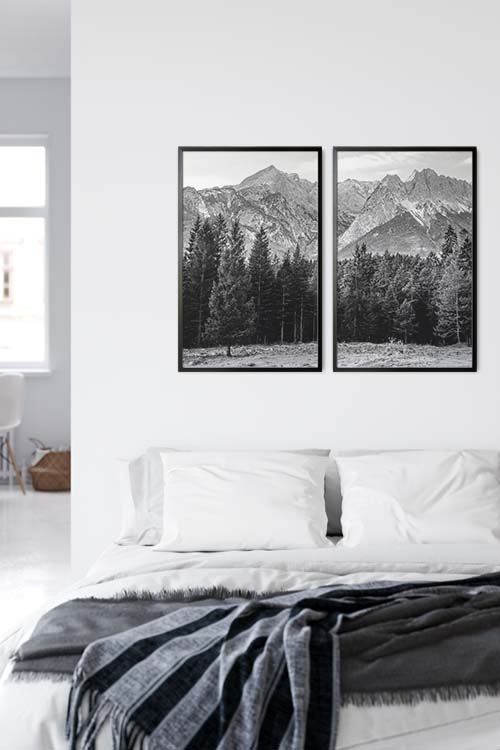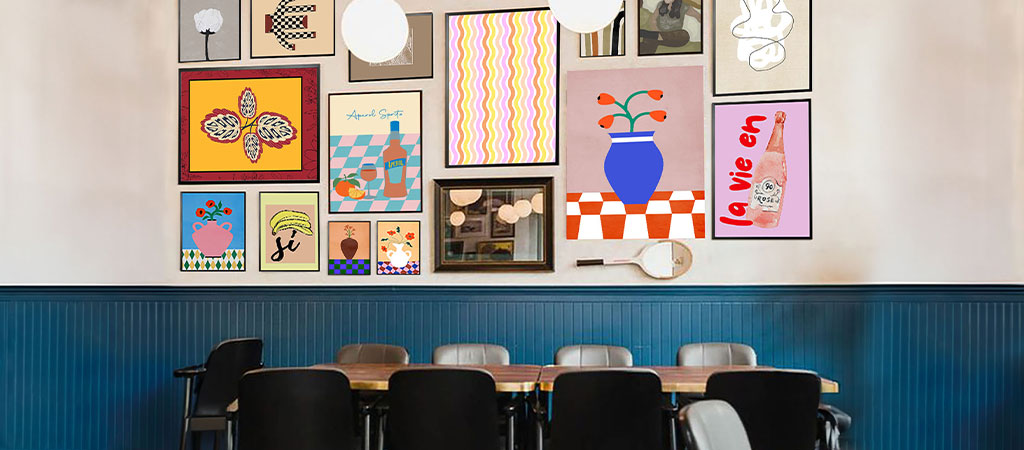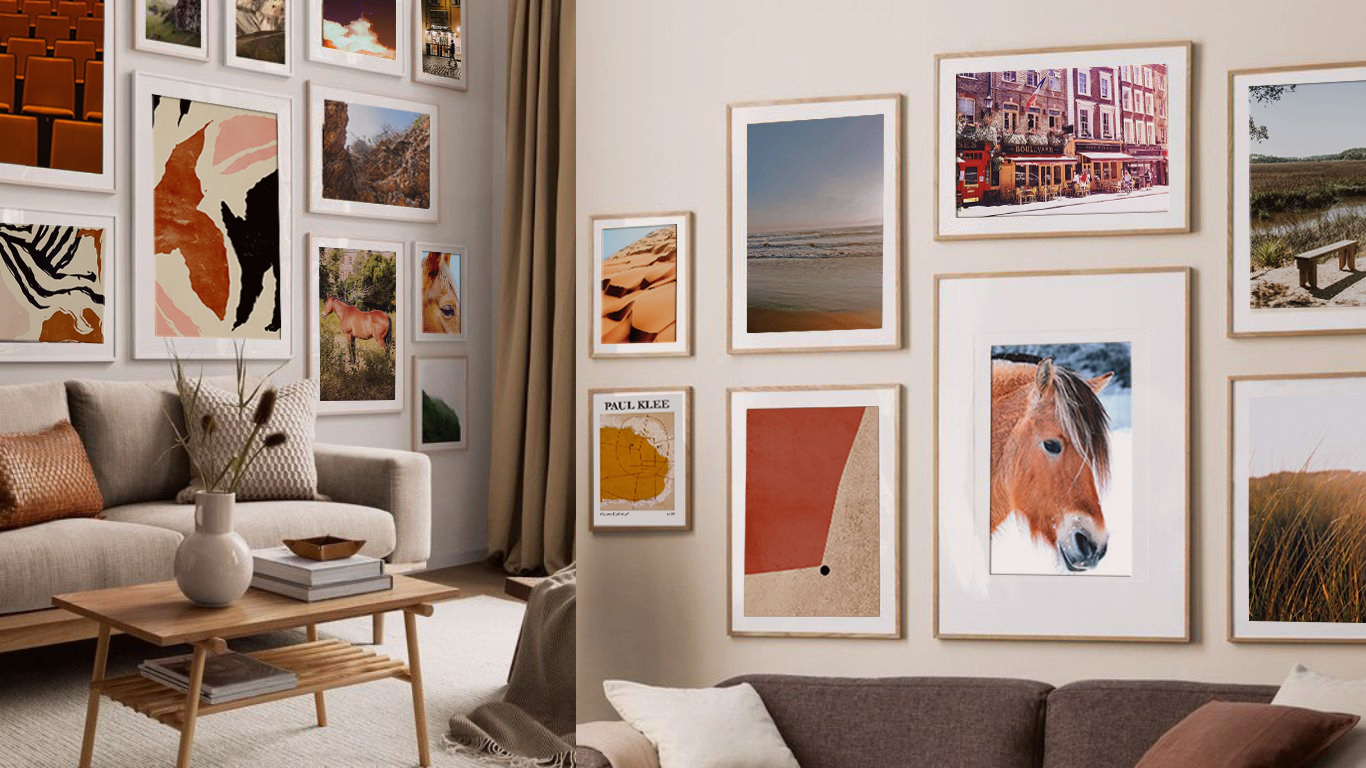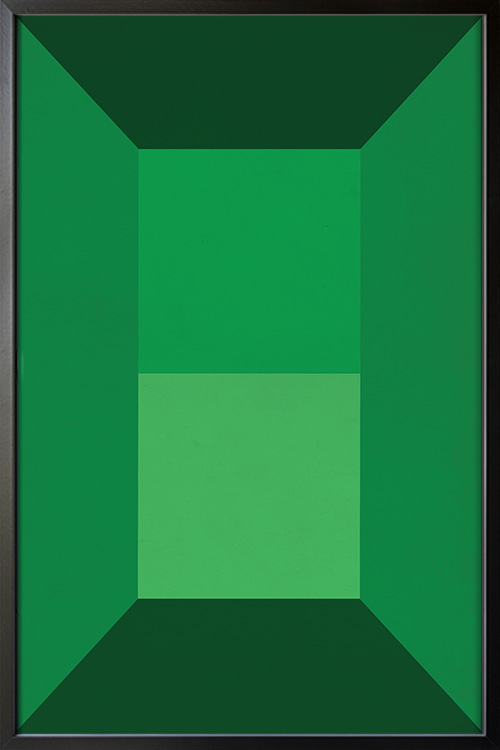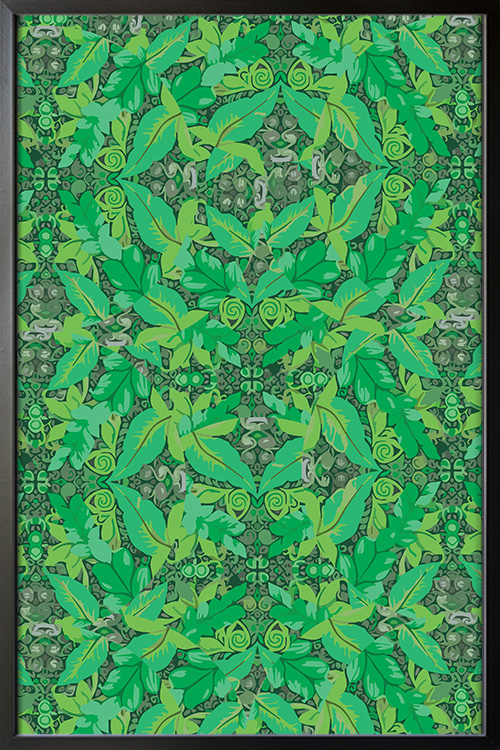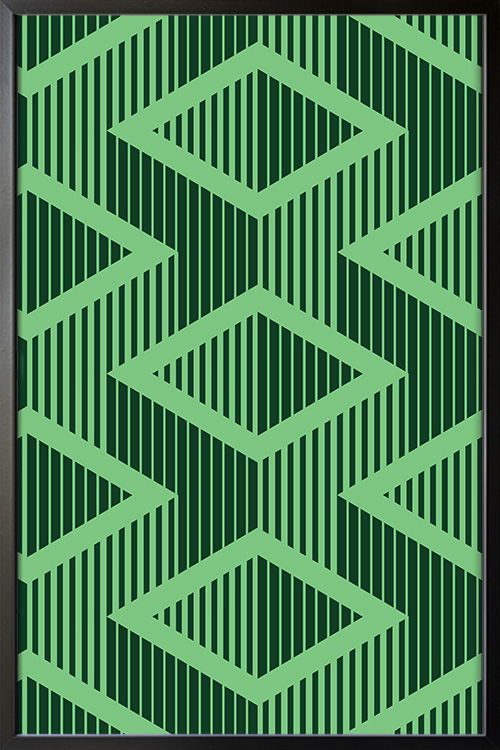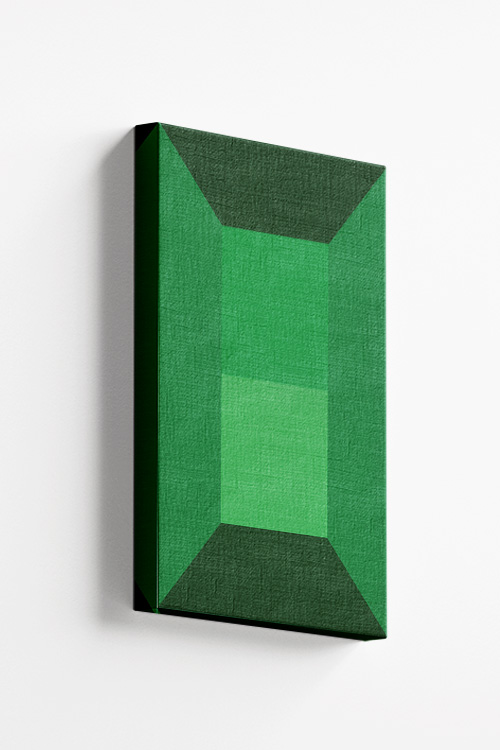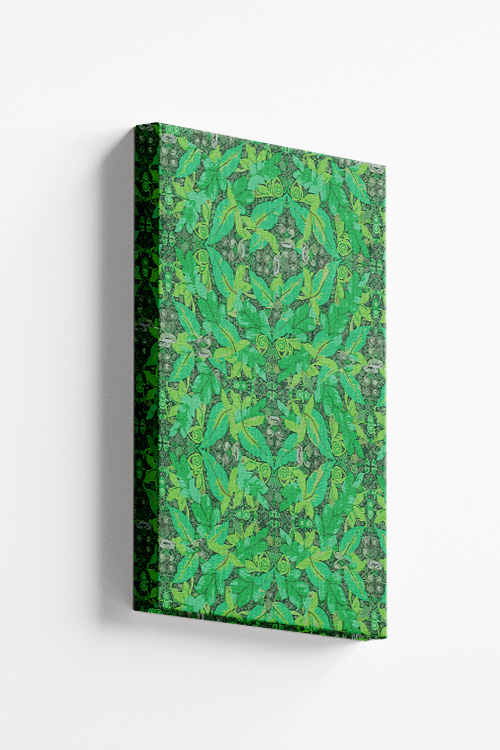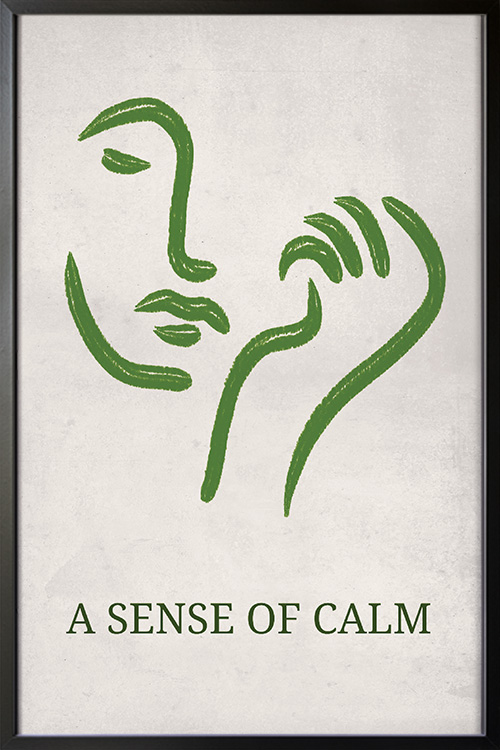
Art therapy is a therapeutic practice that uses the creative process of making art to improve mental, emotional, and physical well-being. It is a unique form of therapy that allows individuals to express their thoughts and emotions in ways that words sometimes cannot capture. For instance, a person struggling with anxiety might find relief in painting vibrant, swirling colors, while someone dealing with trauma might create a collage to represent their journey to recovery. Individuals can explore their feelings, process trauma, and gain deeper self-awareness by engaging in various art forms, such as painting, drawing, sculpting, or collage-making.
This form of therapy is facilitated by trained art therapists who use artistic expression as a means of communication and self-exploration. These professionals guide clients through the creative process, helping them interpret their artwork and understand the emotions it represents. Unlike traditional talk therapy, art therapy does not rely solely on verbal interaction. Instead, it encourages clients to use visual and creative means to convey their emotions and experiences. This makes it particularly beneficial for individuals who struggle to express themselves through words, such as children, trauma survivors, or those with cognitive impairments.
Art therapy is used in a variety of settings, including hospitals, mental health clinics, schools, rehabilitation centers, and private practices. It is effective in addressing a wide range of mental health conditions, including anxiety, depression, PTSD, and substance abuse disorders. Importantly, art therapy is not limited to these settings. Many communities offer art therapy programs, and individuals can also practice art therapy on their own. It is also used in medical settings to help patients cope with chronic illness, pain, or the emotional impact of a diagnosis.
One key benefit of art therapy is its ability to reduce stress and promote relaxation. Engaging in creative activities has been shown to lower cortisol levels, the hormone associated with stress. Additionally, creating art can enhance self-esteem and provide individuals with a sense of accomplishment and empowerment, inspiring them to continue their healing journey.
Another significant aspect of art therapy is its role in trauma recovery. When words fail to capture painful memories or emotions, art can be a powerful tool for processing and healing. Through artistic expression, individuals can externalize their emotions, making confronting and understanding them more leisurely in a safe and controlled environment, providing a sense of security and reassurance.
Importantly, art therapy is not about artistic skill or producing aesthetically pleasing artwork. The focus is on the process rather than the final product. The act of creating itself is what fosters healing, self-reflection, and emotional release.
Art therapy is a valuable therapeutic approach that creatively and effectively allows individuals to explore their emotions, reduce stress, and promote mental well-being. Whether used in clinical settings or as a personal practice, art therapy has the power to transform lives by offering a safe and expressive outlet for healing and self-discovery, instilling hope and optimism in those who engage in it.
